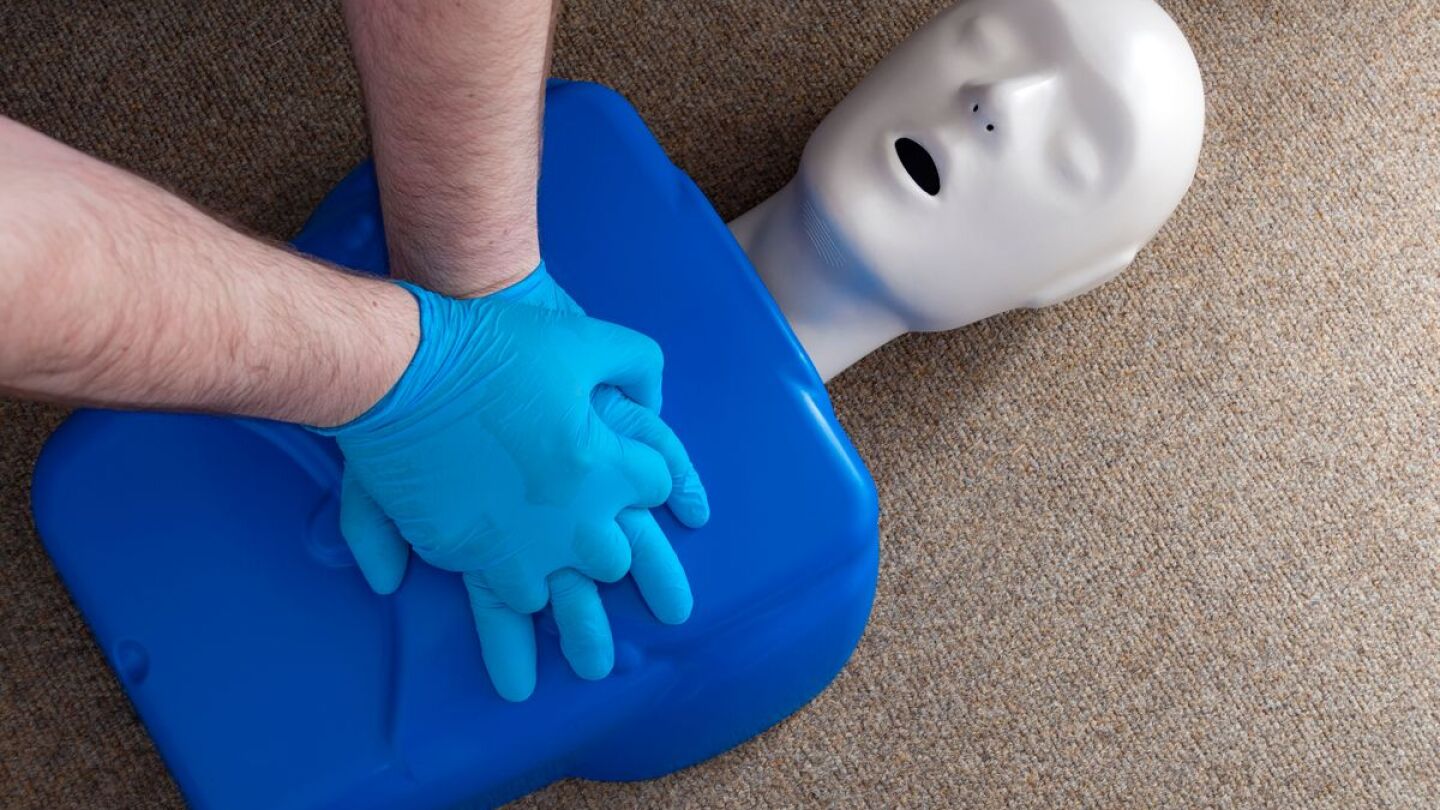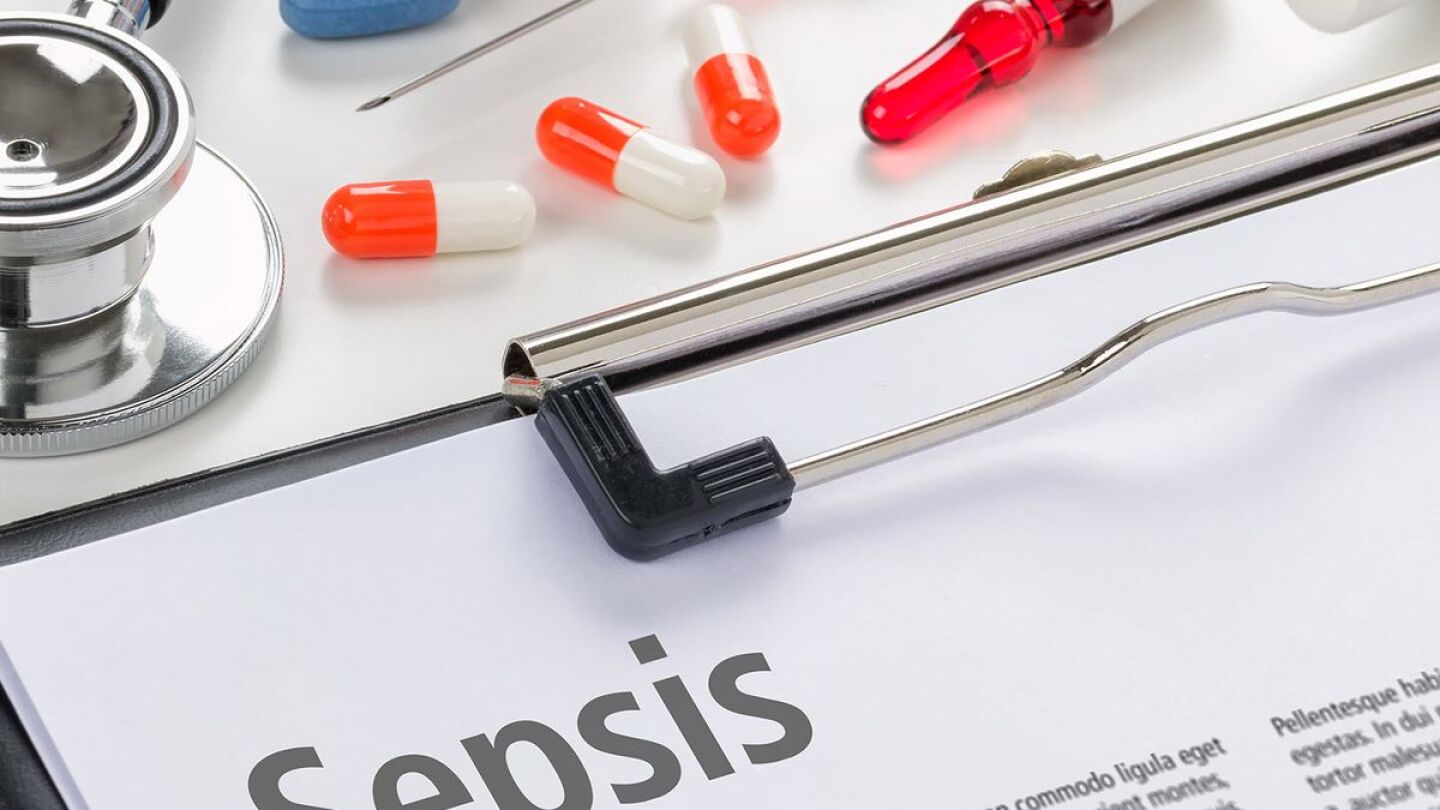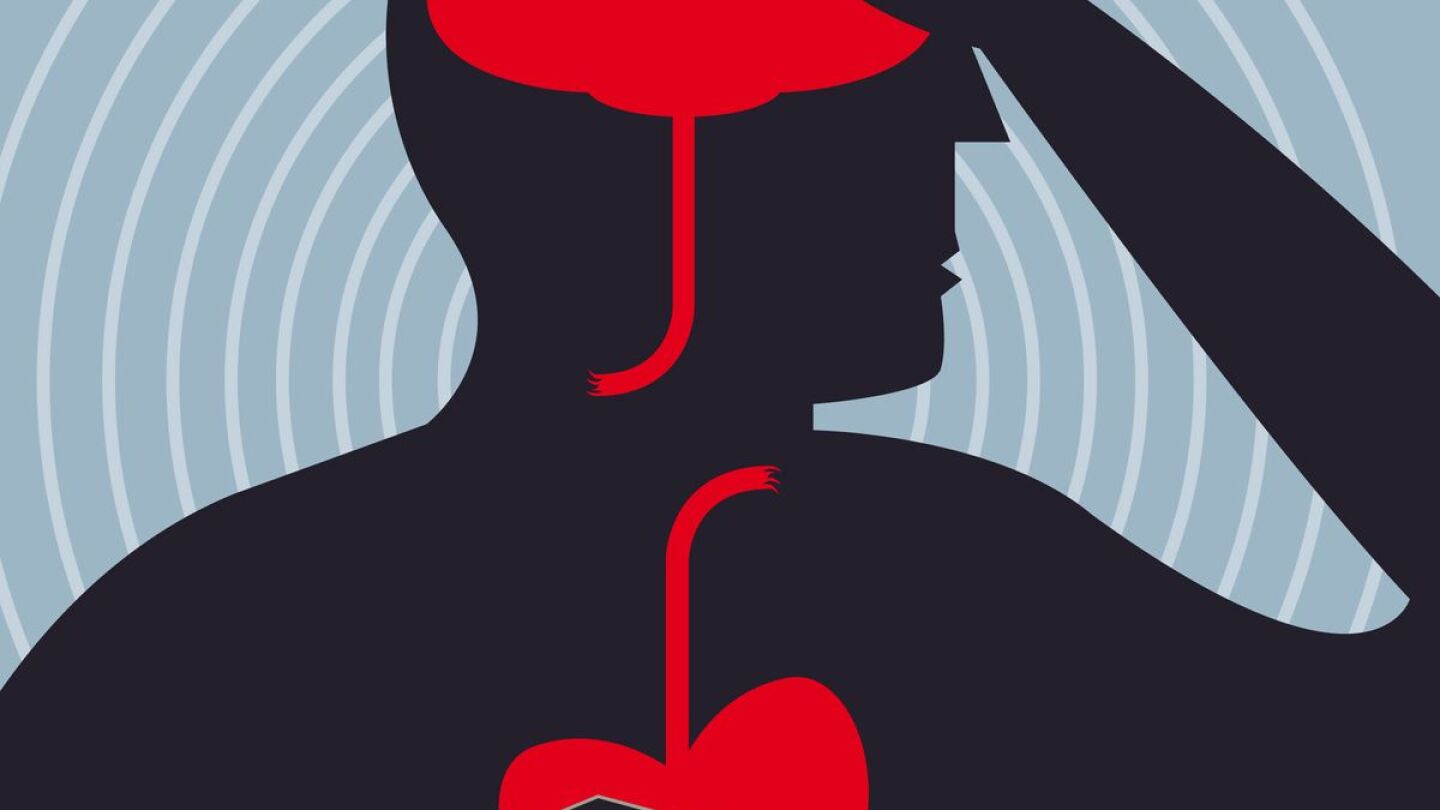Clinical
Access our directory of clinical articles in EMS, which offers in-depth information on patient assessment, treatment protocols, and emerging medical practices. This collection covers various clinical topics essential for EMS professionals, from advanced pharmacology to trauma management. Staying up-to-date with clinical knowledge is vital for delivering high-quality patient care. For additional resources, explore our section on Medical Research. Enhance your clinical expertise with our expert-driven content.
In EMS there isn’t anything more frustrating than a screaming, punching or spitting person with acute alcohol intoxication
Keep the following tips in mind when you encounter a patient who has had too much to drink
EMS providers bring comfort, calm and cheer to the lives of people who need us the most
When assessing and treating patients in a cold environment, do these simple things to help prevent heat loss and improve heat retention
Move with purpose to prevent an apparatus crash, slip or fall, and protect the patient from increased discomfort
Hypothermic patients, multi-systems trauma and slippery scenes present difficult decision-making challenges for rescuers
Clinicians discuss the accuracy of the Broselow tape and what modern tools can support safer pediatric care.
Designating specific roles and other tips to make the hardest part of the job a bit easier
Real talk: EMS needs to stop playing second fiddle in the house of medicine
Crush syndrome can be expected following any event where patients are trapped for a length of time
Agencies must link wellness, training, leadership and technology to mission performance
Agencies must protect training time, embrace realism, and engage all levels of personnel to ensure every responder is mission ready — every time
We asked readers for advice on learning and studying pharmacology and received dozens of fantastic responses
Chris Cebollero and Kelly Grayson break down the CPR changes without the drama (but they talk about that, too!)
Michael Fraley breaks down what paramedics need to know about what’s changed — and what hasn’t — in the new resuscitation guidance
New CPR guidelines question mechanical devices — but field realities tell another story
Engaging payers, the medical director, administrators and field providers was key to MedStar’s successful telehealth implementation
Design your training scenario to include increasingly complicated sepsis symptoms to test EMS providers’ differential diagnosis skills
In this episode learn the 5 diagnoses for altered mental status that can kill your patient emergently
Learn what to look for, including inverted/retrograde P-waves
Dr. Remle Crowe returns to EMS One-Stop to reveal the personal and professional drive behind a groundbreaking special issue of Prehospital Emergency Care
Next-gen medics need more than protocols — they need purpose
Paramedic Eddie Barnes saved a life with skills he wasn’t authorized to use — prompting an investigation that reveals the moral gray zone of modern EMS
A flight paramedic shares her harrowing experience of a severe allergic reaction to medication and her gratitude to the flight nurse who treated her
Now that I have half a dozen or so of these experiences under my belt, here’s what to expect when responding to a medical assistance call on a flight
5 insidious partner issues to avoid so that patients feel safe in our care
Learn what to look for, including non-discernible P-waves
Learn what to look for, including absent P-waves, to identify ventricular tachycardia
Steps to implementing unified command, staging and access learned from the Route 91 Harvest Festival attack
MOST POPULAR
- 30 feet to catastrophe: The price of a higher wall — injuries at the U.S.-Mexico border
- On demand: Bringing whole blood to the front lines of EMS
- When doing the right thing breaks the rules
- Measles: What it is, how it spreads and what to do if you suspect it
- Clinical and field resource gaps in paramedic education































